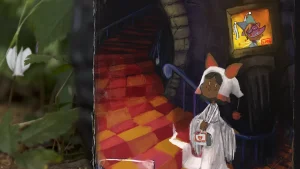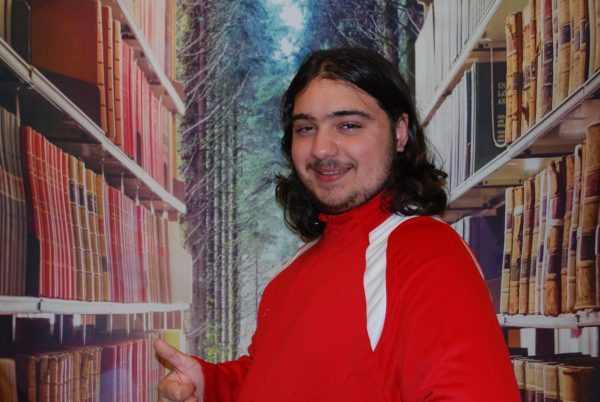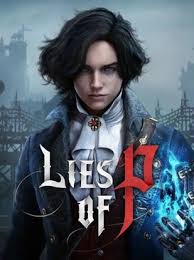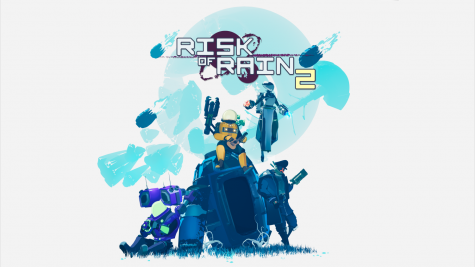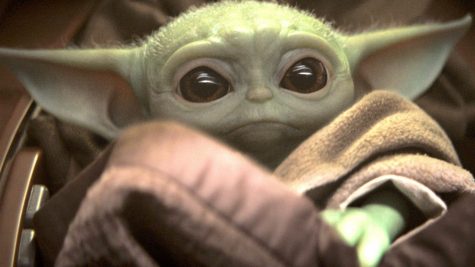Isle of Dogs Has Something for Everyone
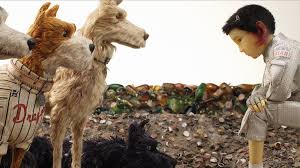
When Fantastic Mr. Fox, Wes Anderson’s seventh feature film and first stop-motion feature, was released in 2009, I decidedly skipped it. The animation was weird and everything seemed so alien to me. Oh, how wrong I was; two years later, when I watched the film with my dad, we loved it — and the film became my favorite animated film of all time.
So understandably, when I saw that Anderson was stepping back into animation after the release of Grand Budapest Hotel, with a new movie titled Isle of Dogs, I was elated. After seeing the film, I can confidently say that this is Wes Anderson at his most Wes Anderson — for better and for worse.
Anderson shows how fastidious he can be. The visuals on the film are breathtaking, capturing the uncanniness of the way dogs move and act, transmogrifying the child-friendly motifs and ideas of Disney’s The Incredible Journey onto the post-apocalyptic land of the Mad Max films through the lens of Yasujiro Ozu, Seijun Suzuki, and Akira Kurosawa.
The film opens with an explanation of an ancient war, one that caused a deep hatred for dogs — and a love of cats — in the ruling clan of Japan. We then jump forward to “the Japanese archipelago, 20 years into the future”. Two diseases are on the rise — Canine Flu and Snout Fever. In response to these illness, the dog-hating Mayor Kobayashi — modelled after Toshiro Mifune — has exiled all dogs to Trash Island, starting with his adopted nephew’s loyal dog, Spots. Understandably upset, his nephew, Atari, steals a Junior Turboprop aeroplane and jets over to the island to find his dog. Aiding Atari on his journey to find his lost dog are other lost dogs: King (Bob Balaban),former sports mascot Boss (Bill Murray), the upbeat Rex (Edward Norton), the gossiping Duke (Jeff Goldblum), and stray dog Chief, who acts as the leader of the pack (Bryan Cranston).
The film can often be somewhat hard to watch. Early on, a dog gets his ear ripped off, blood spurting out of the wound, just behind a scene of one character telling another to “stop licking your wounds.” A scene where a sushi chef is creating sushi shows squirming and writhing fish being cut open. A graphic kidney and heart transplant is also shown near the end.
Despite it’s graphic moments, the film maintains a light slapstick core. The fight that the dog’s ear gets ripped of in is nothing more than a cotton ball with arms jutting out of it. The animation maintains a scratchy, almost uncanny nature, contrasting with the symmetrical style of the film, creating an offbeat presentation that manages to keep the film upbeat and almost family friendly.
On one hand, the story of the film can be seen as an allegory for disenfranchisement of people from their rightful place in the world — showing how hard the world can be when the whole nation is against a group of people. And yet, the film also has a soft underbelly of just being a breezy tale of a boy and his dog. There is also an animal rights theme. However, the meaning of the film is decidedly open-ended. Since only “all barks have been translated into English”, the Japanese words never come through, except in translation. Anderson has stated that “you don’t understand the words, but you understand the emotion.” Many have attacked the film for undermining the Japanese characters and never allowing them to be part of the film.
However, Anderson seems to be dead set on the world — both fictional and real Japan — and the dialogue has a musical movement to it. The score, written by Alexandre Desplat, uses Taiko Drums and woodwinds, adding in 1960’s Beach Boys style surf music mixed with Prokofiev and The Seven Samurai.
The film took me to places and a world I never could have imaged. Teaming up once again with Tristan Oliver, Anderson was able to create a lived-in world, with huts made of multicolored bottles and sake cans. Everything in this film shifted and moved in a beat that made sense only for this movie, having its own stride. And that, in 2018, is worth applauding alone.

Christopher is an 11th grader in the Journalism class. Writing is a big part of his life. He enjoys reading and messing around with written language....


